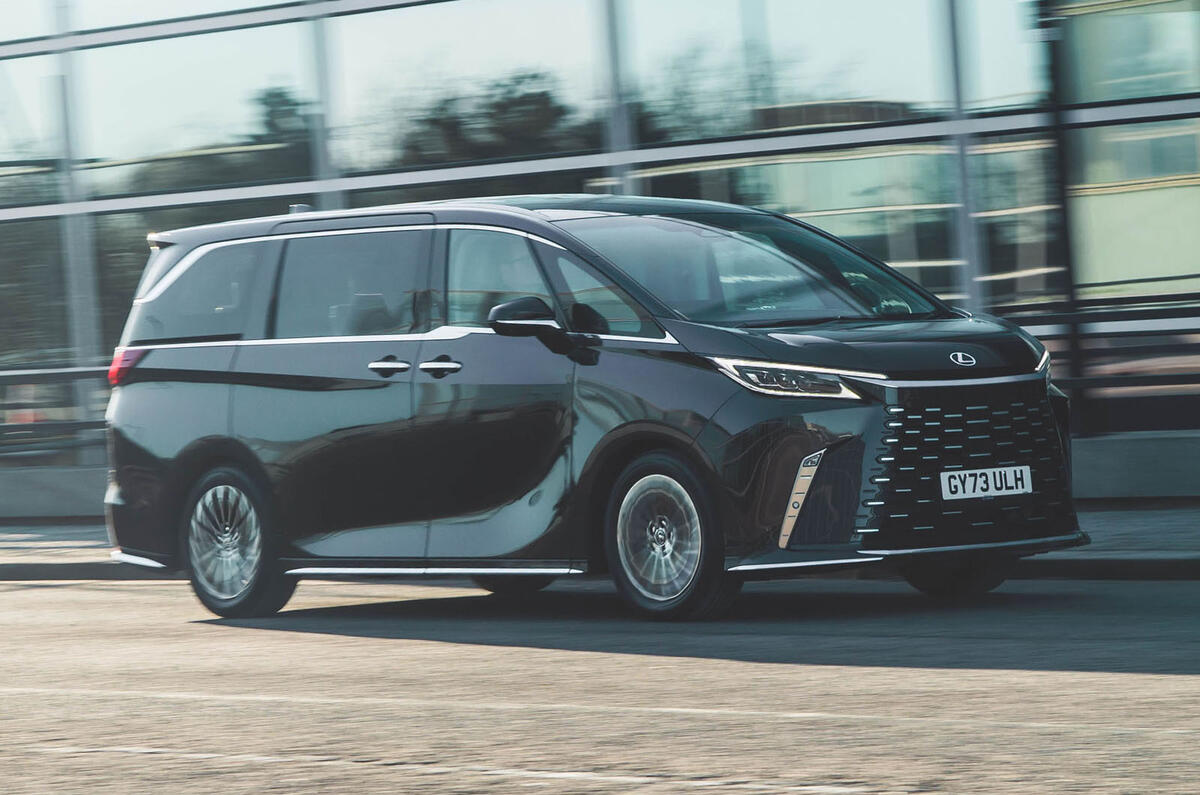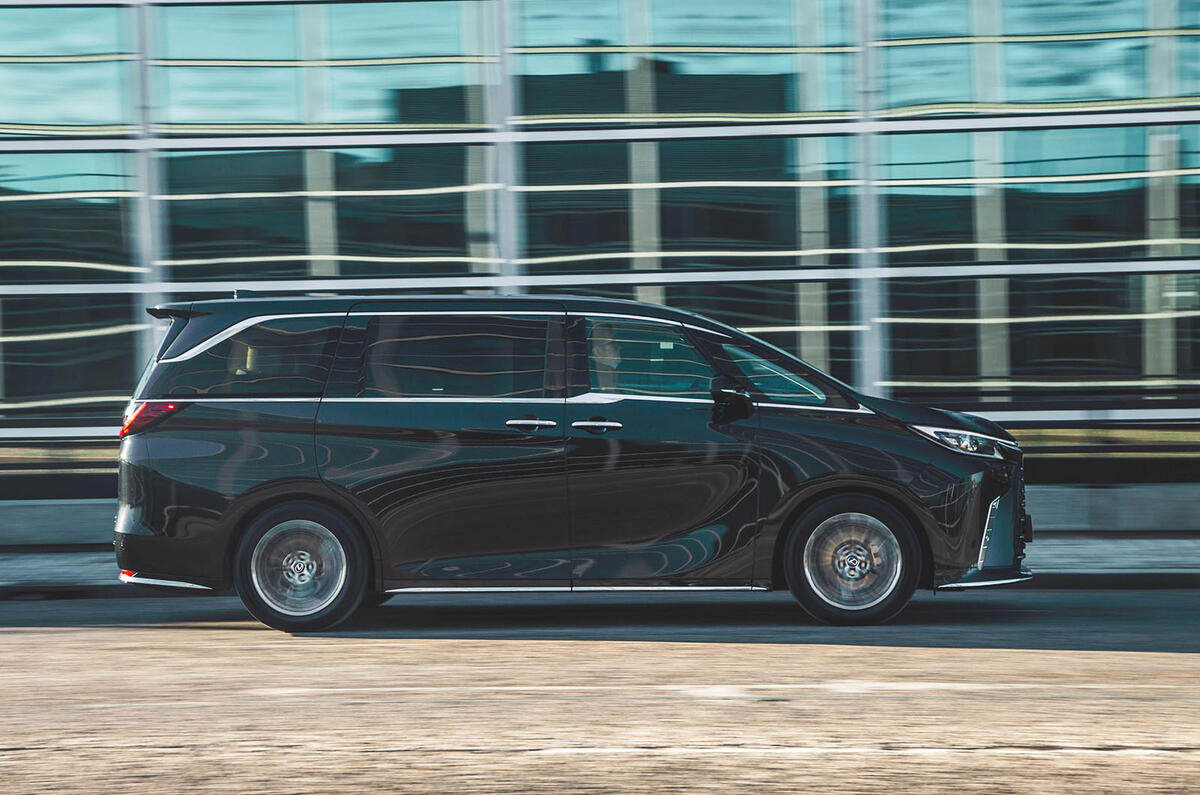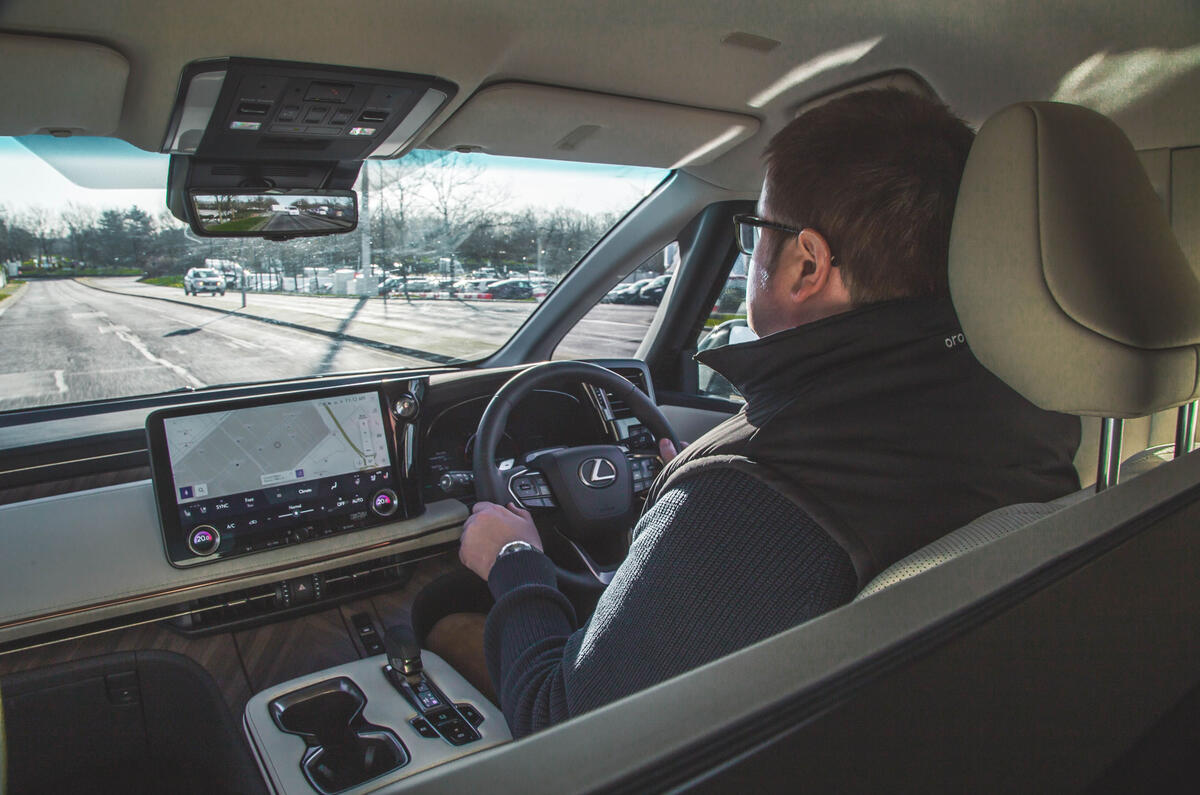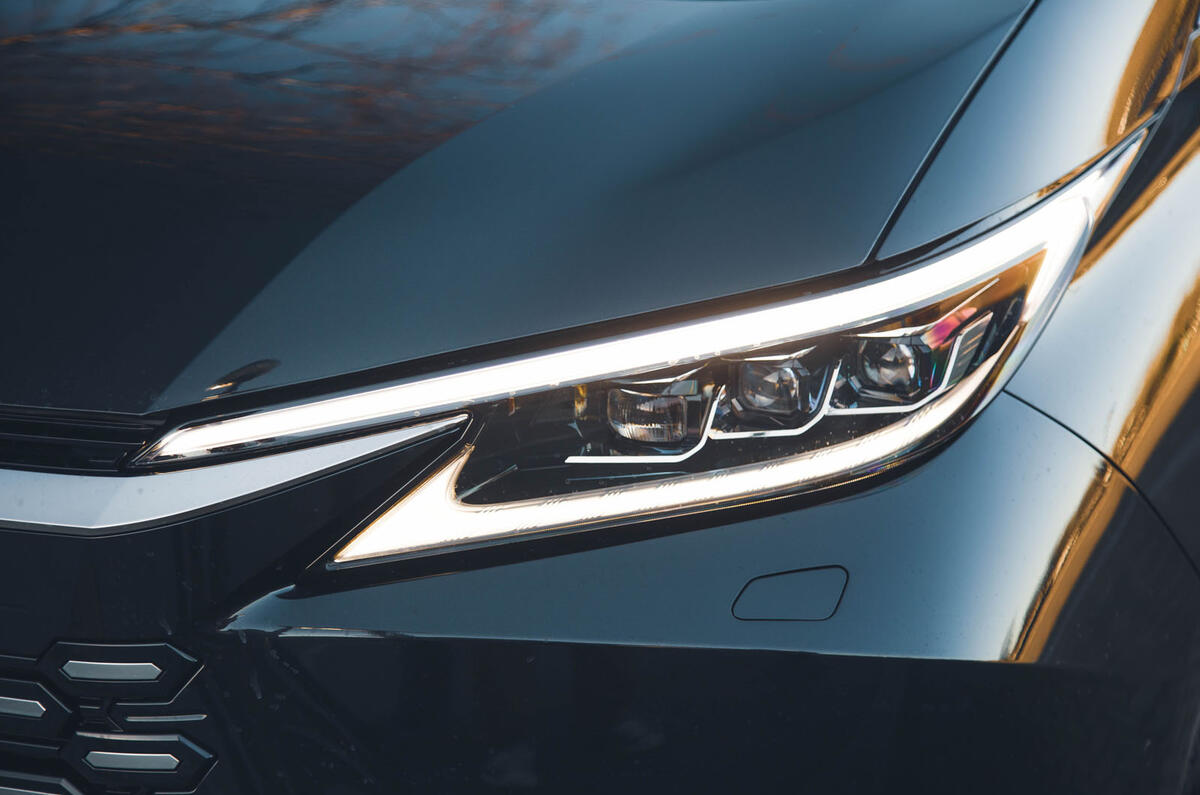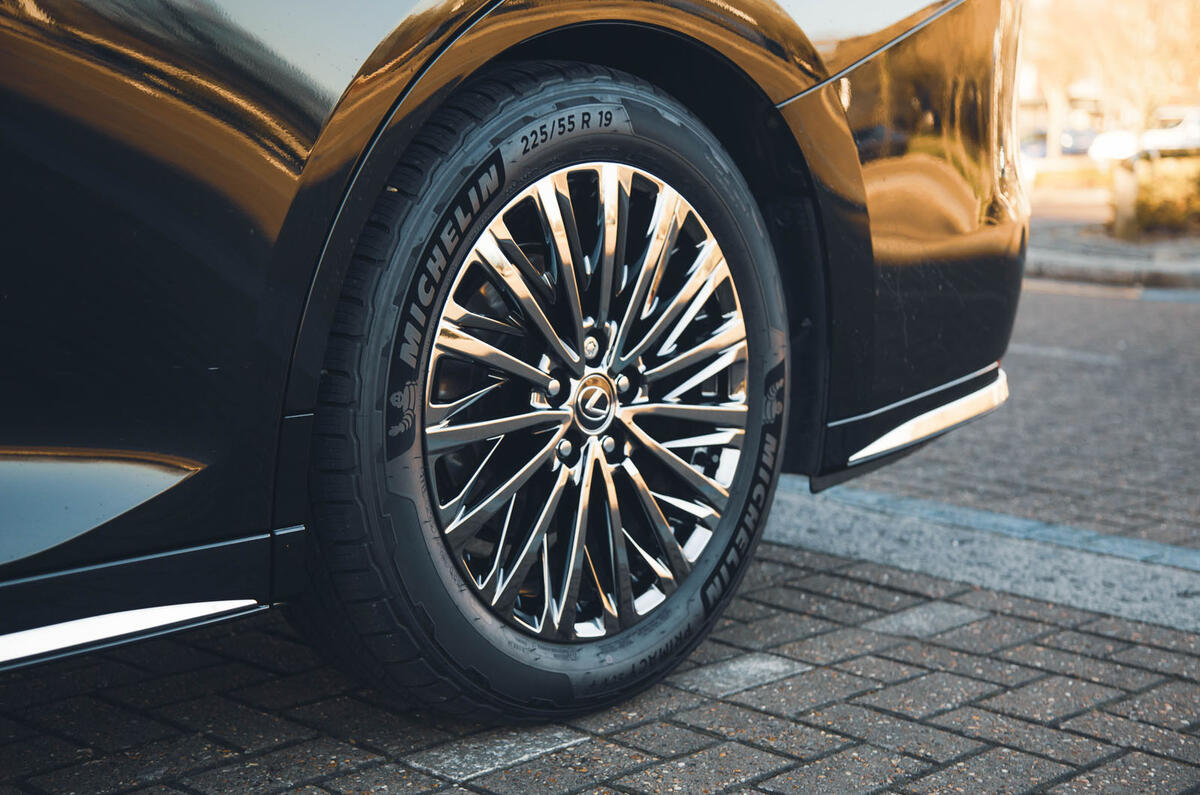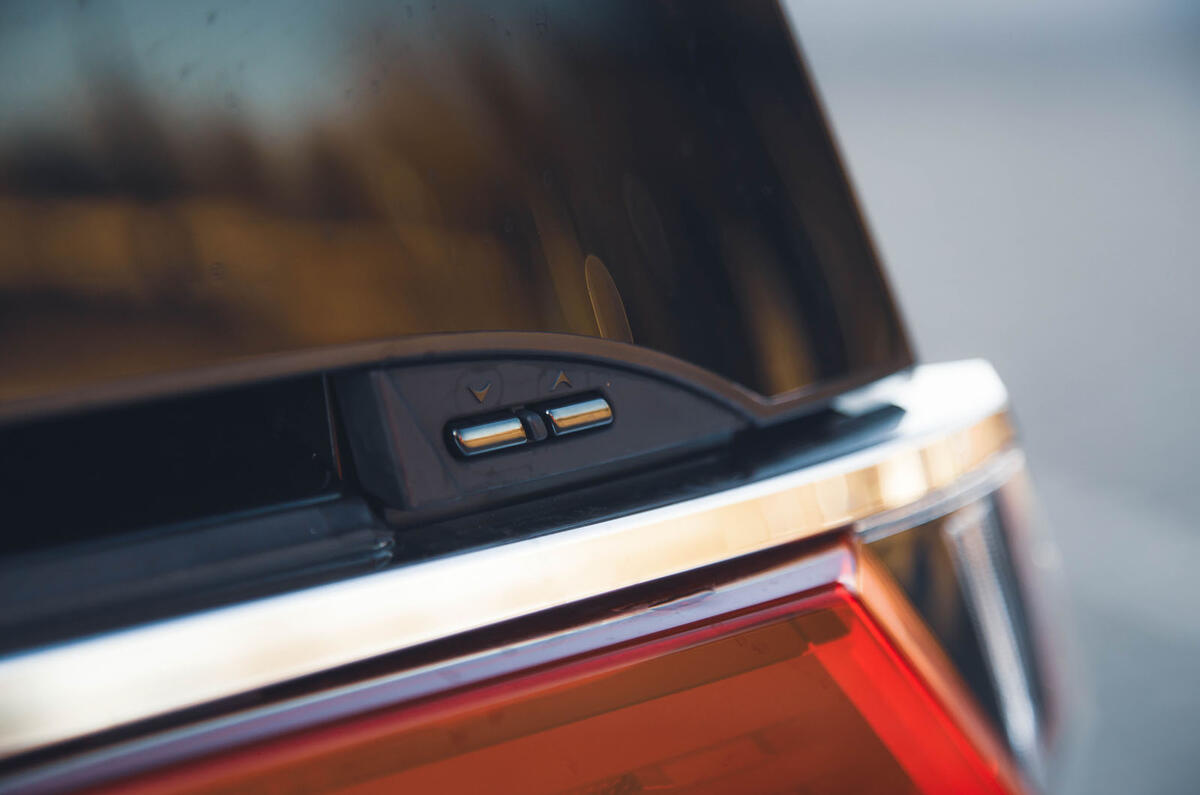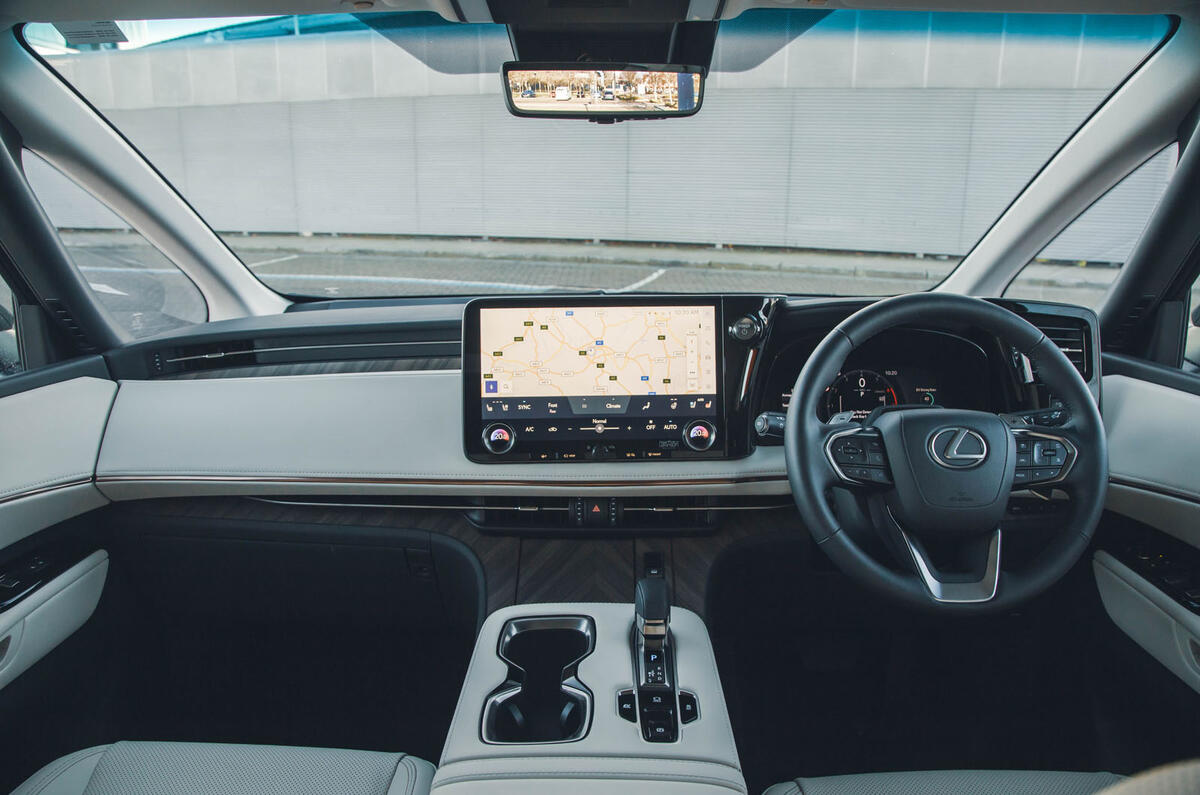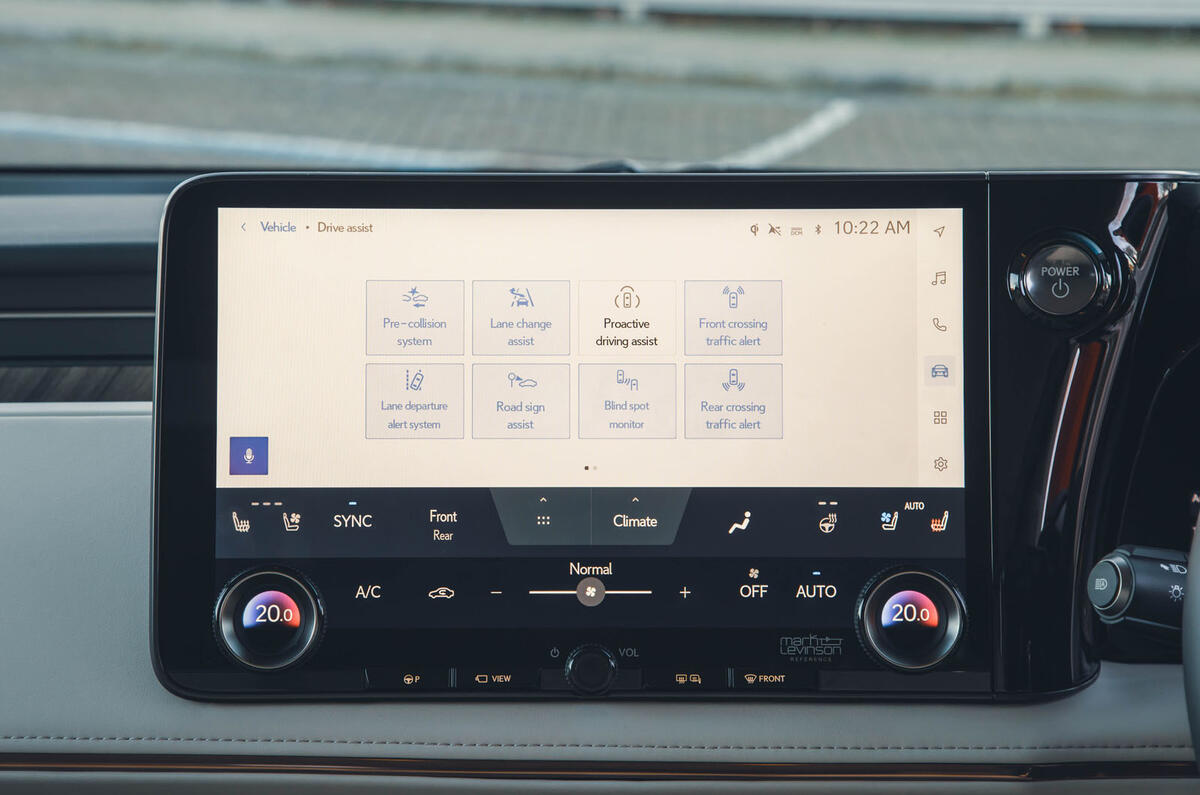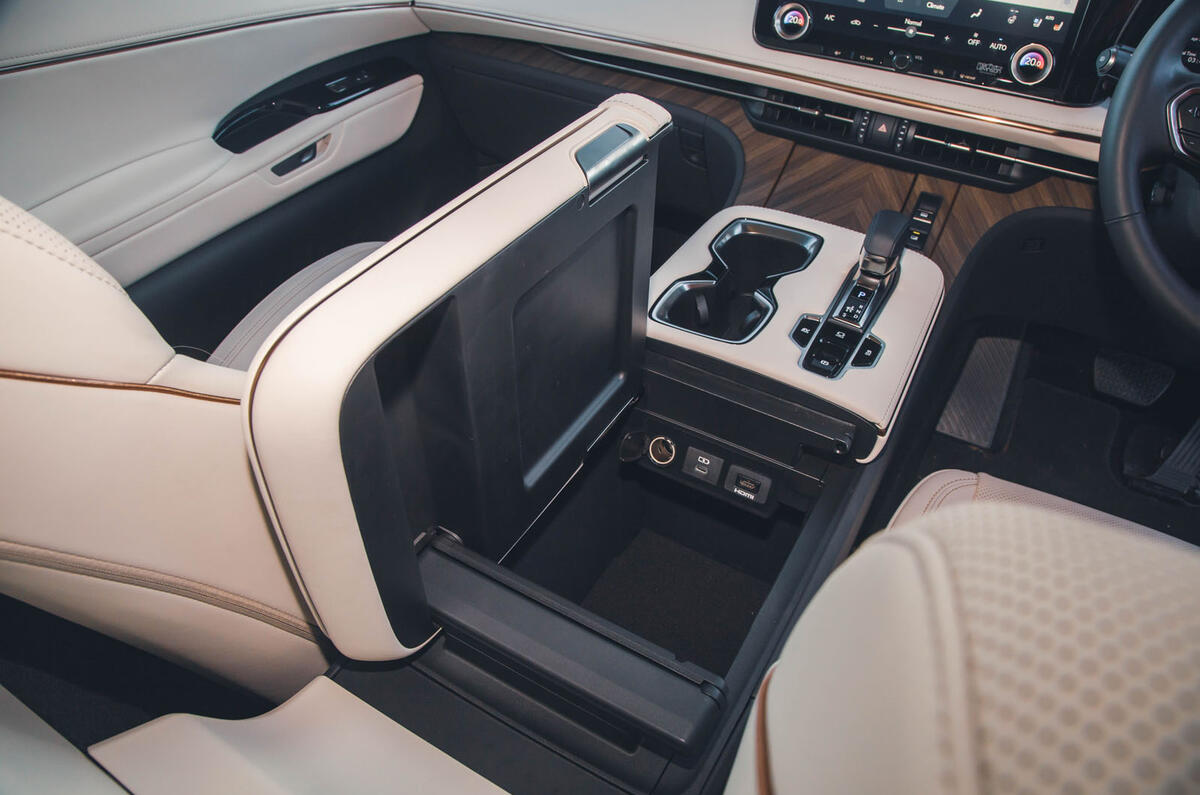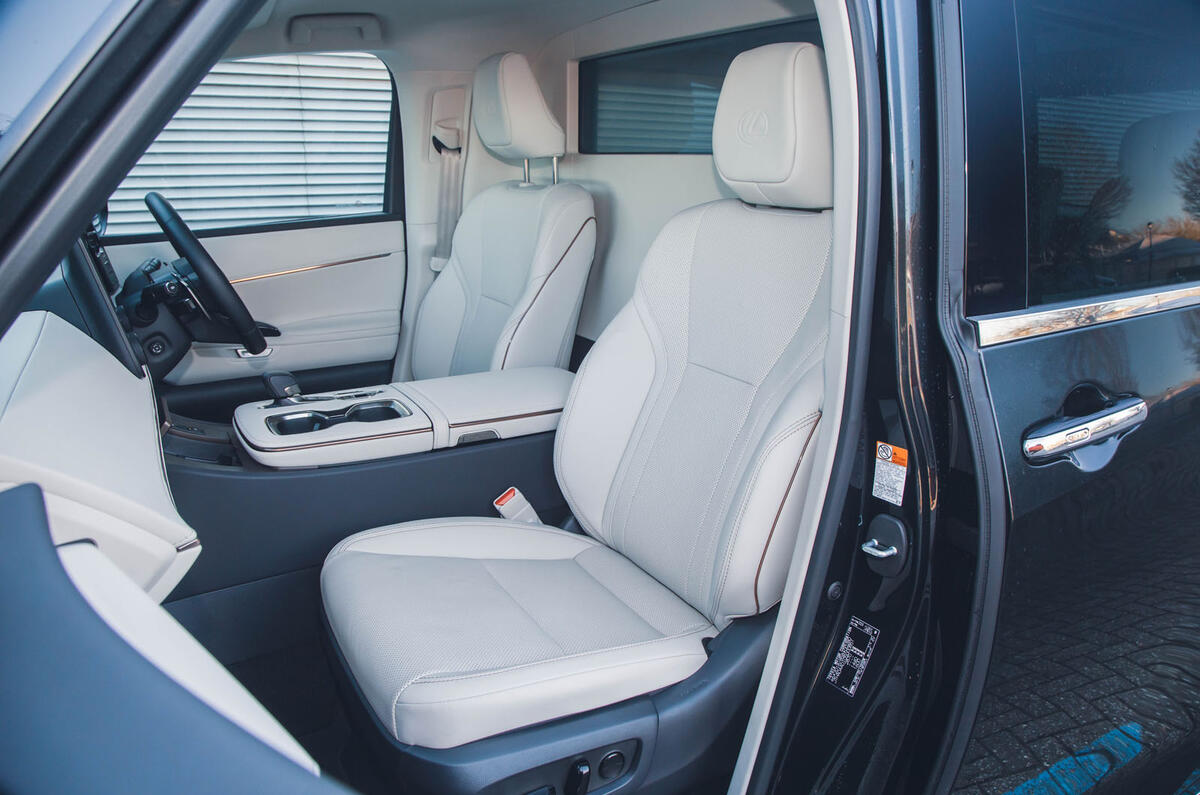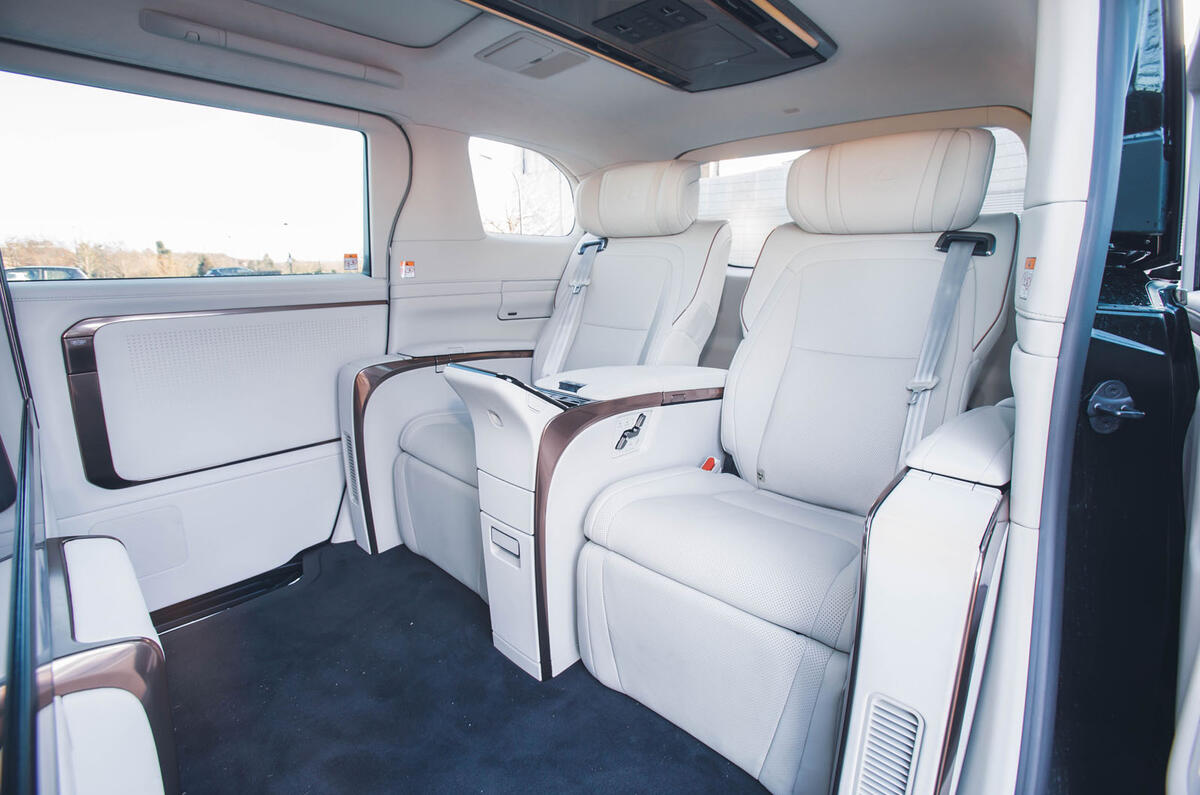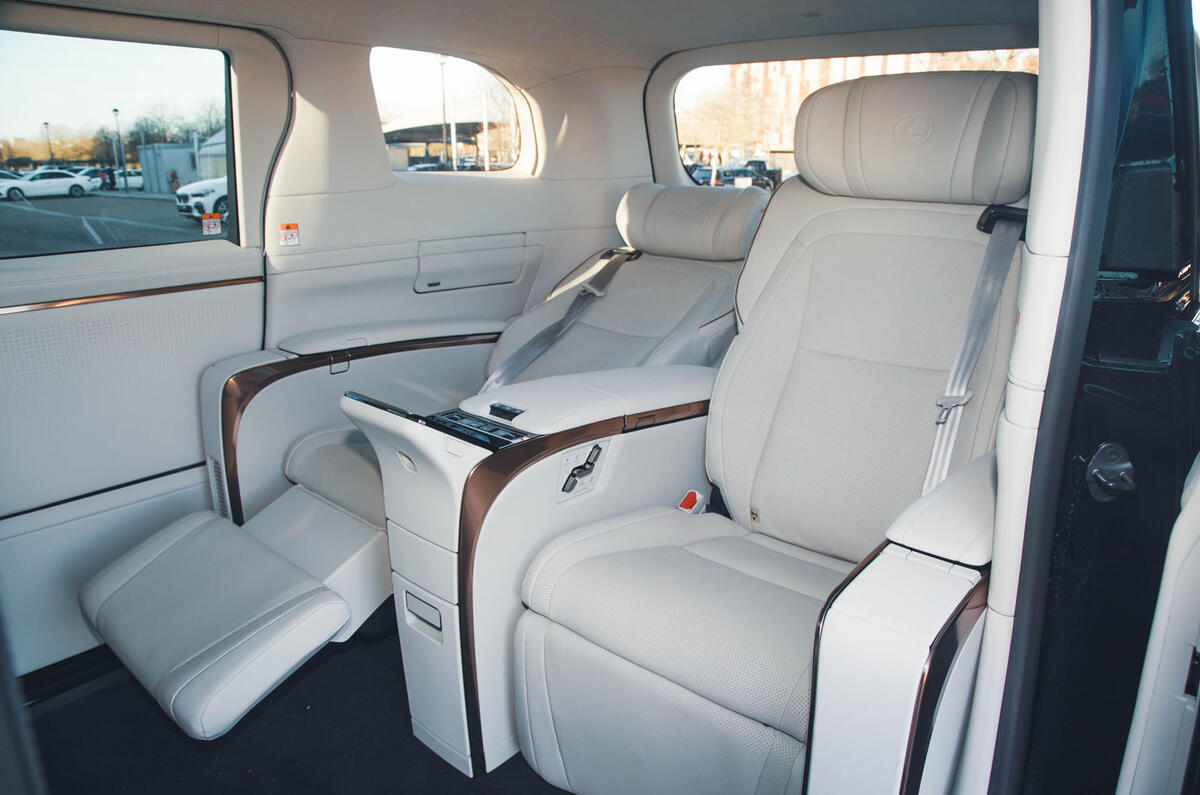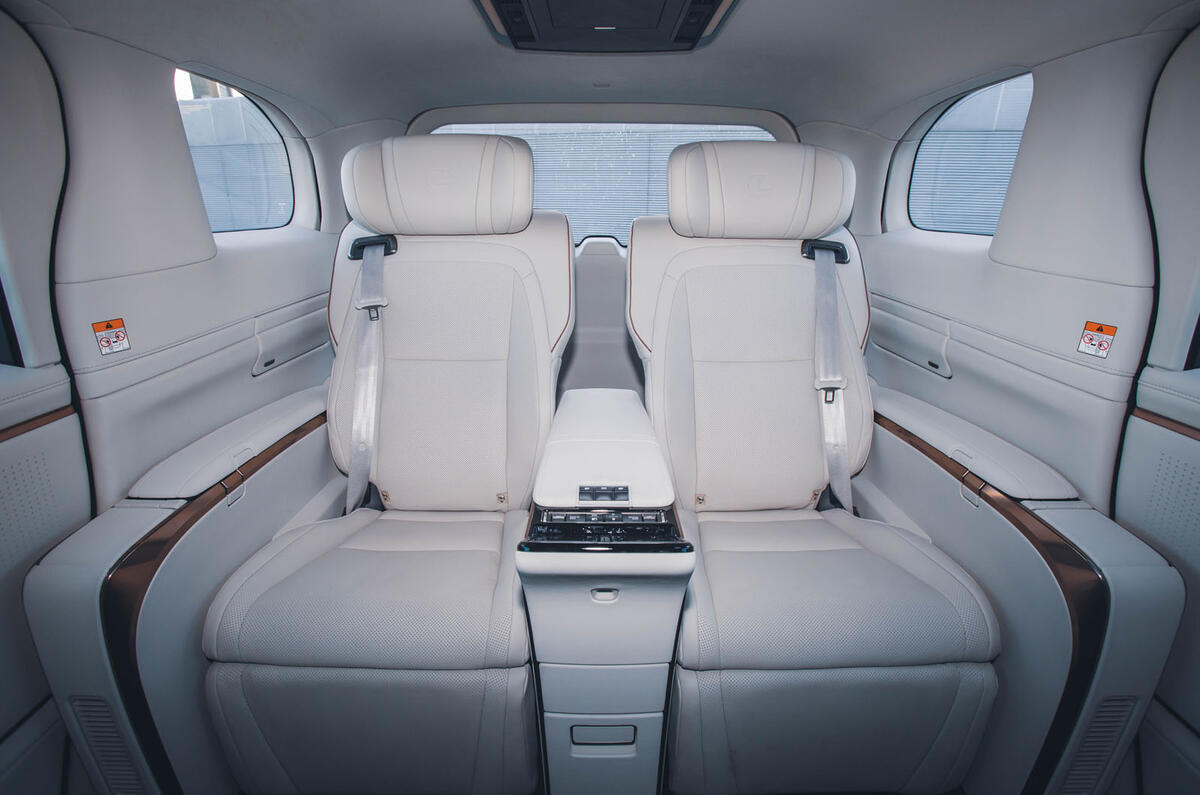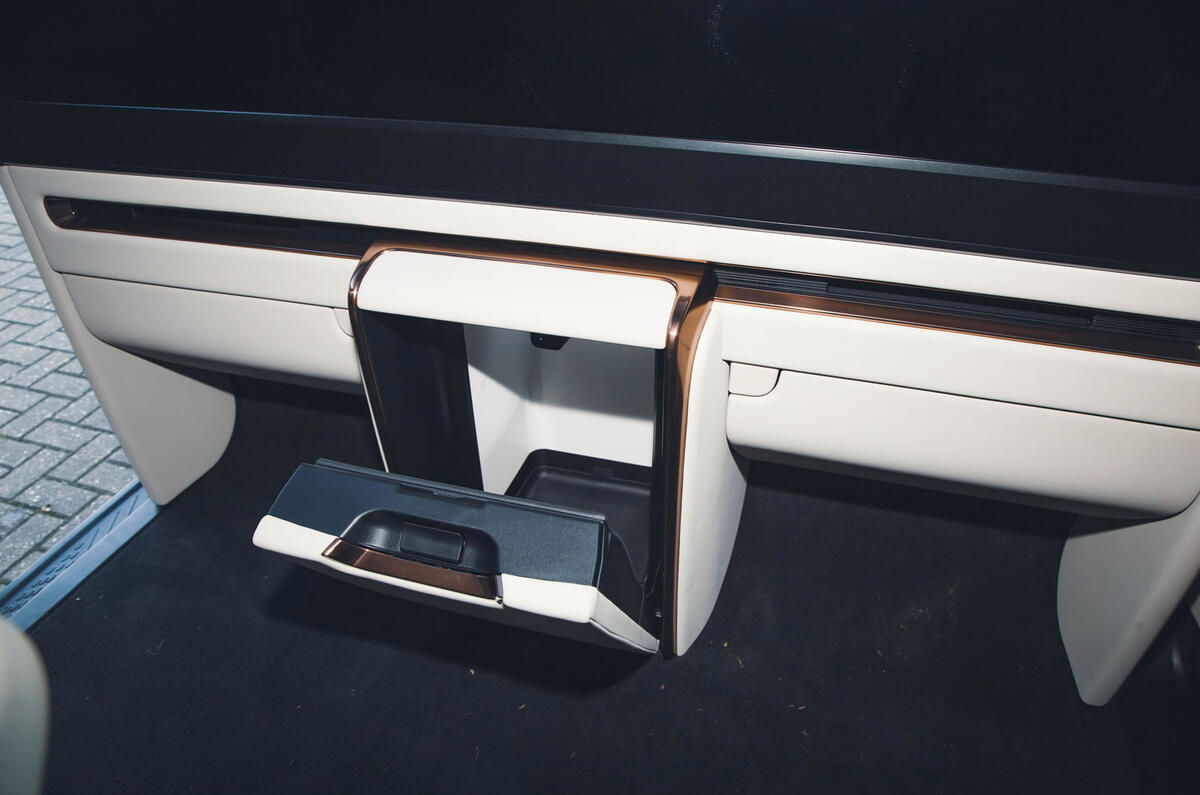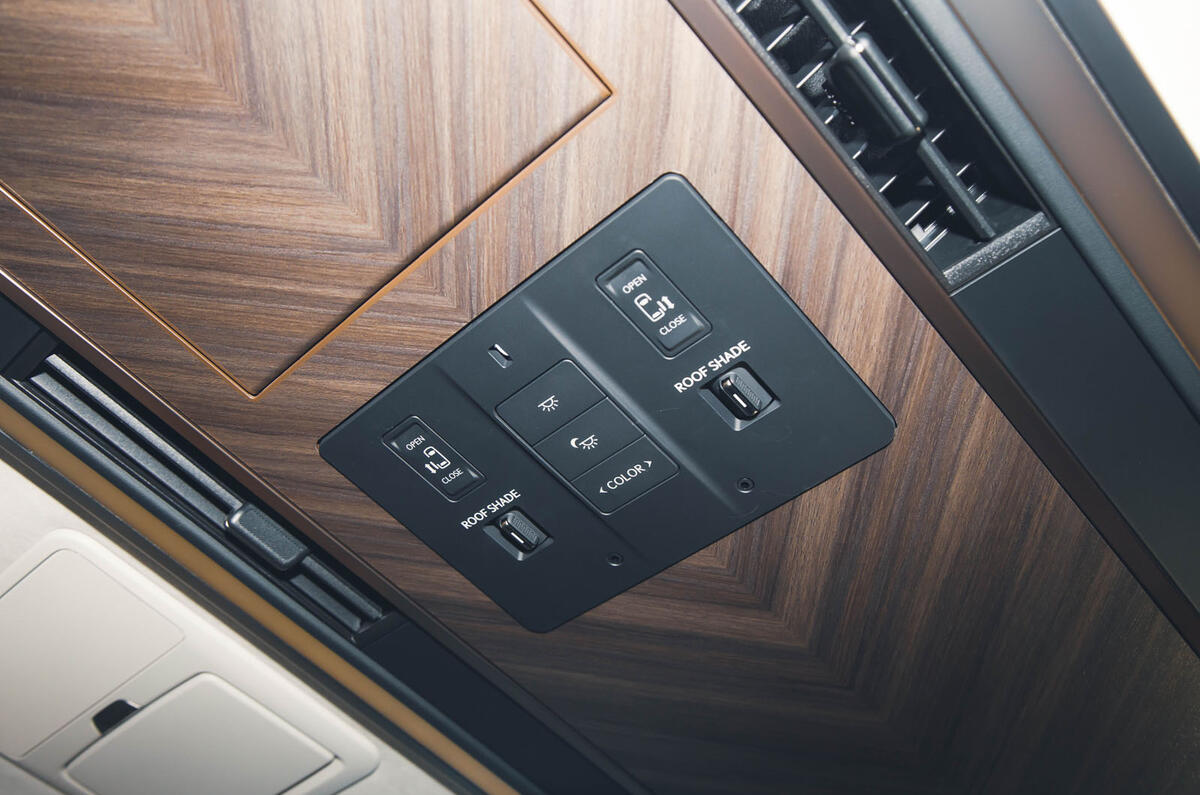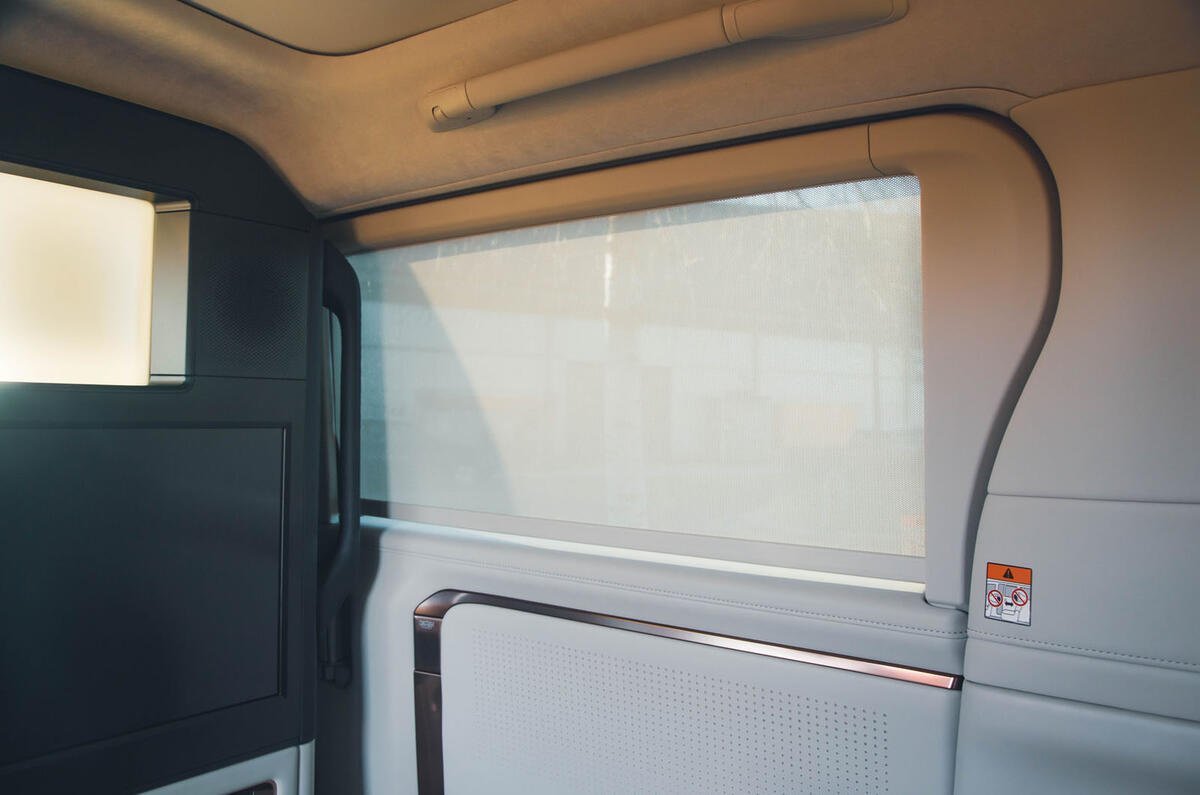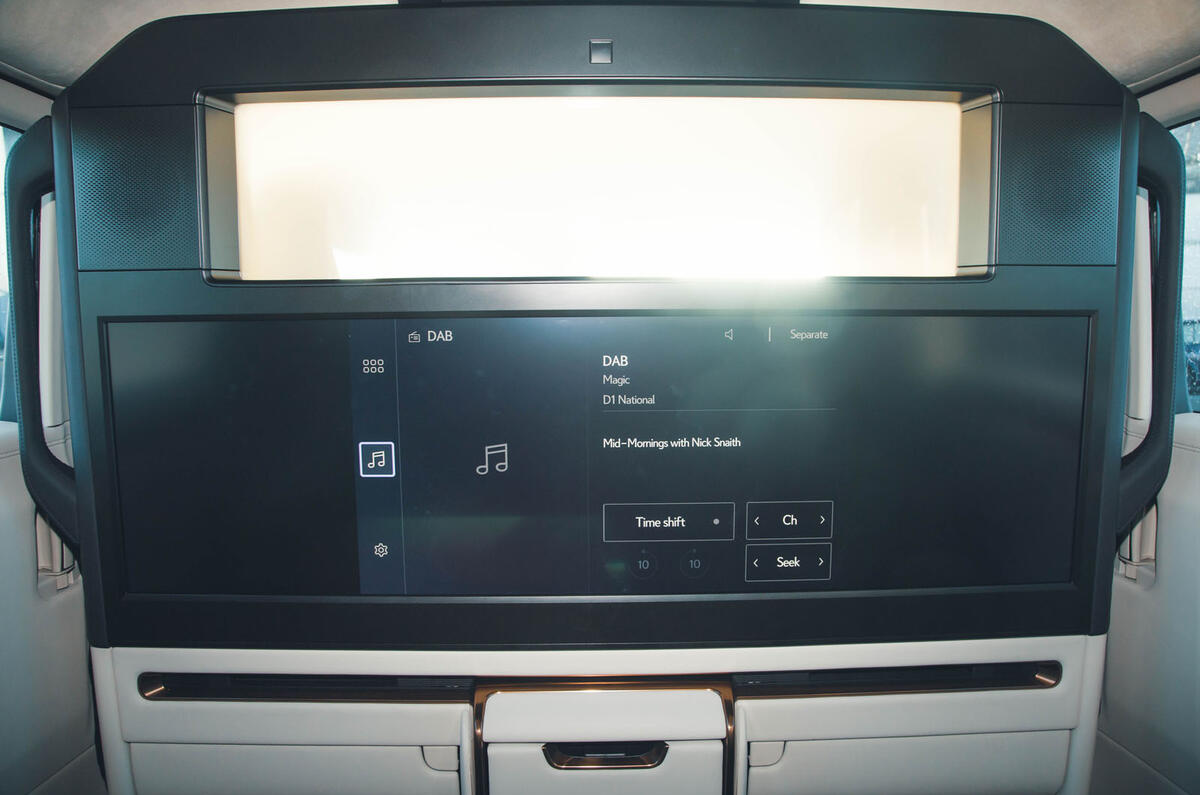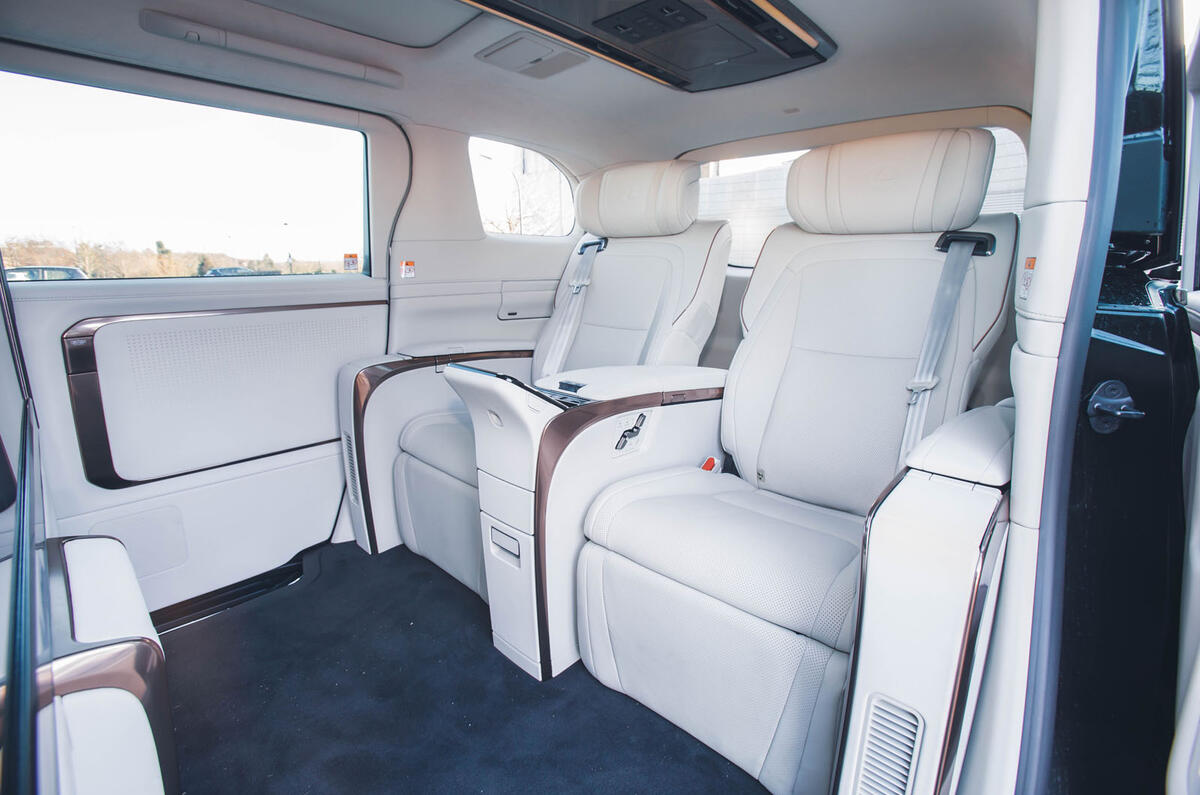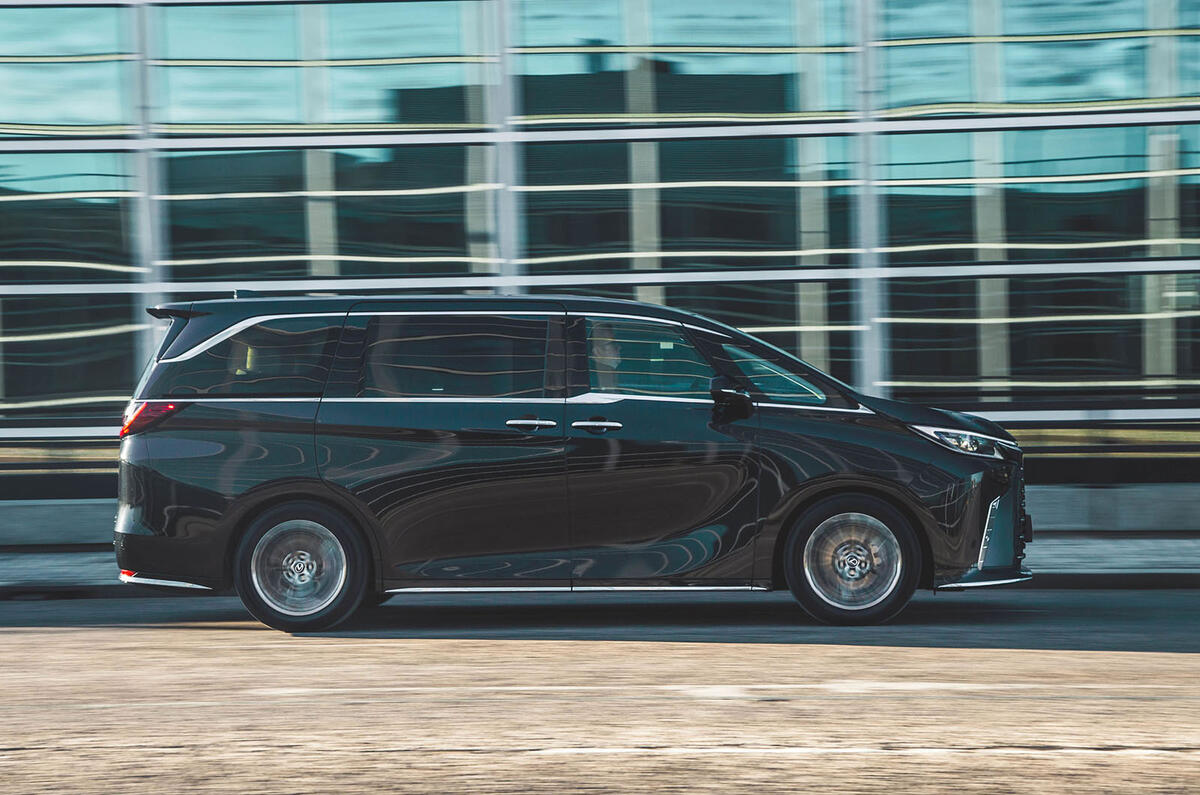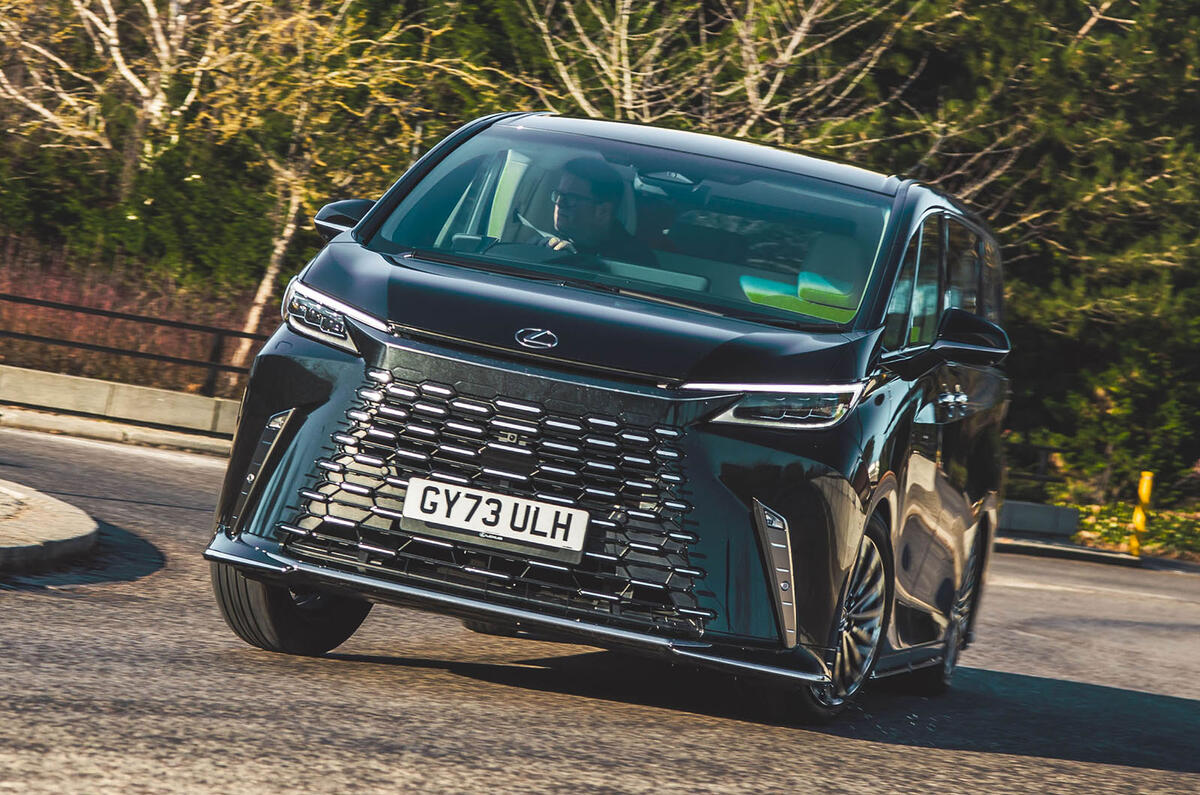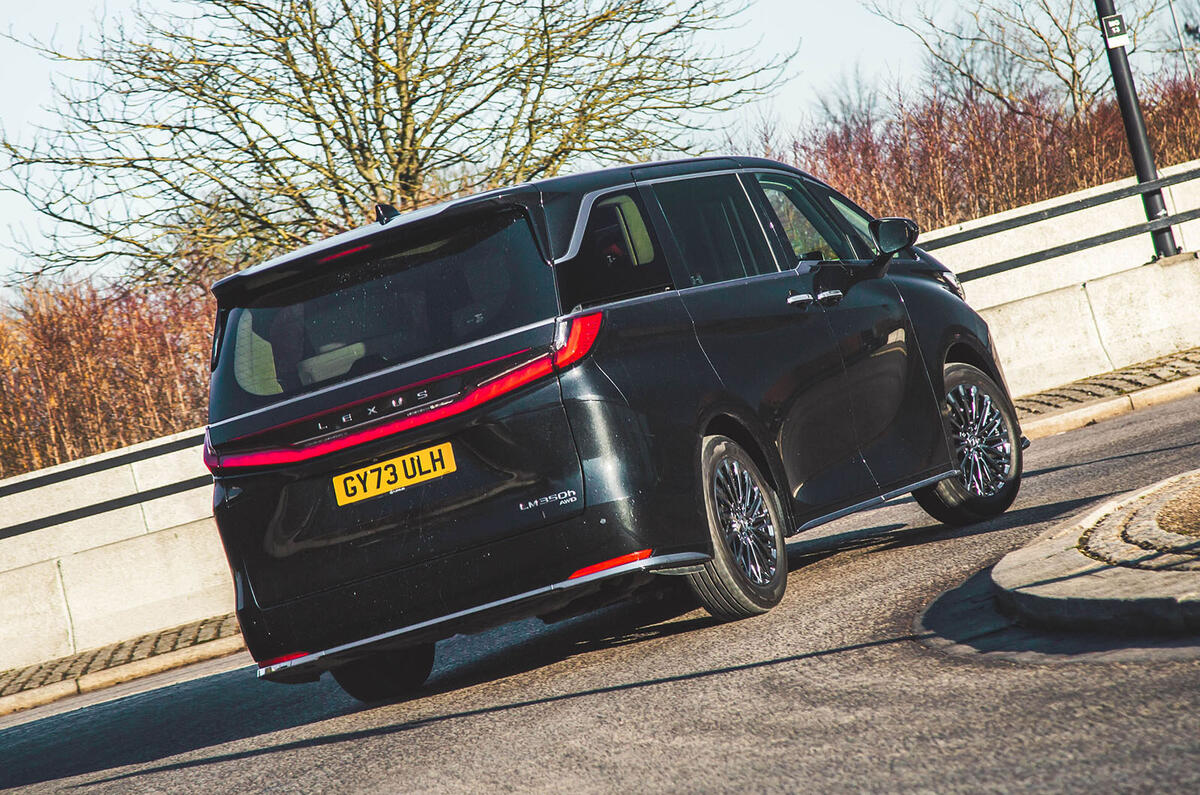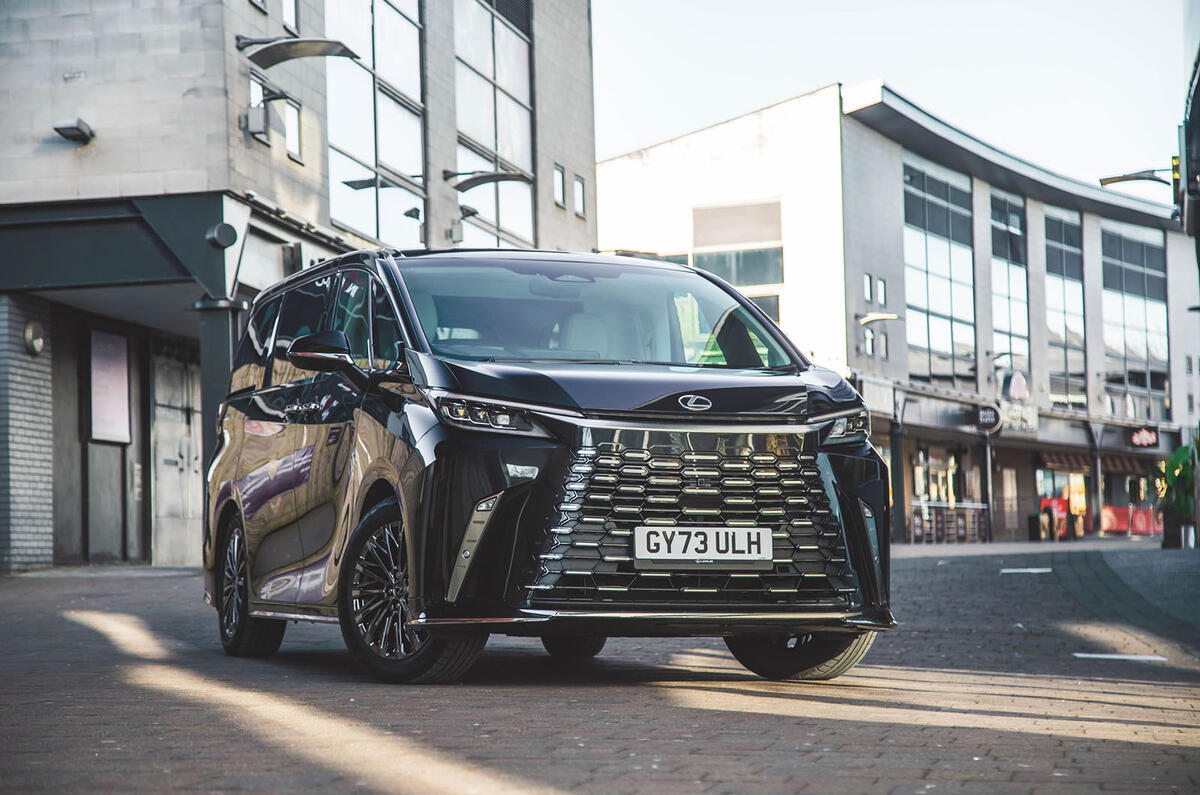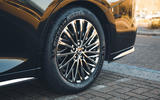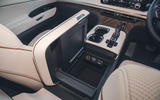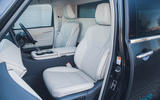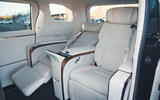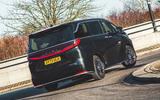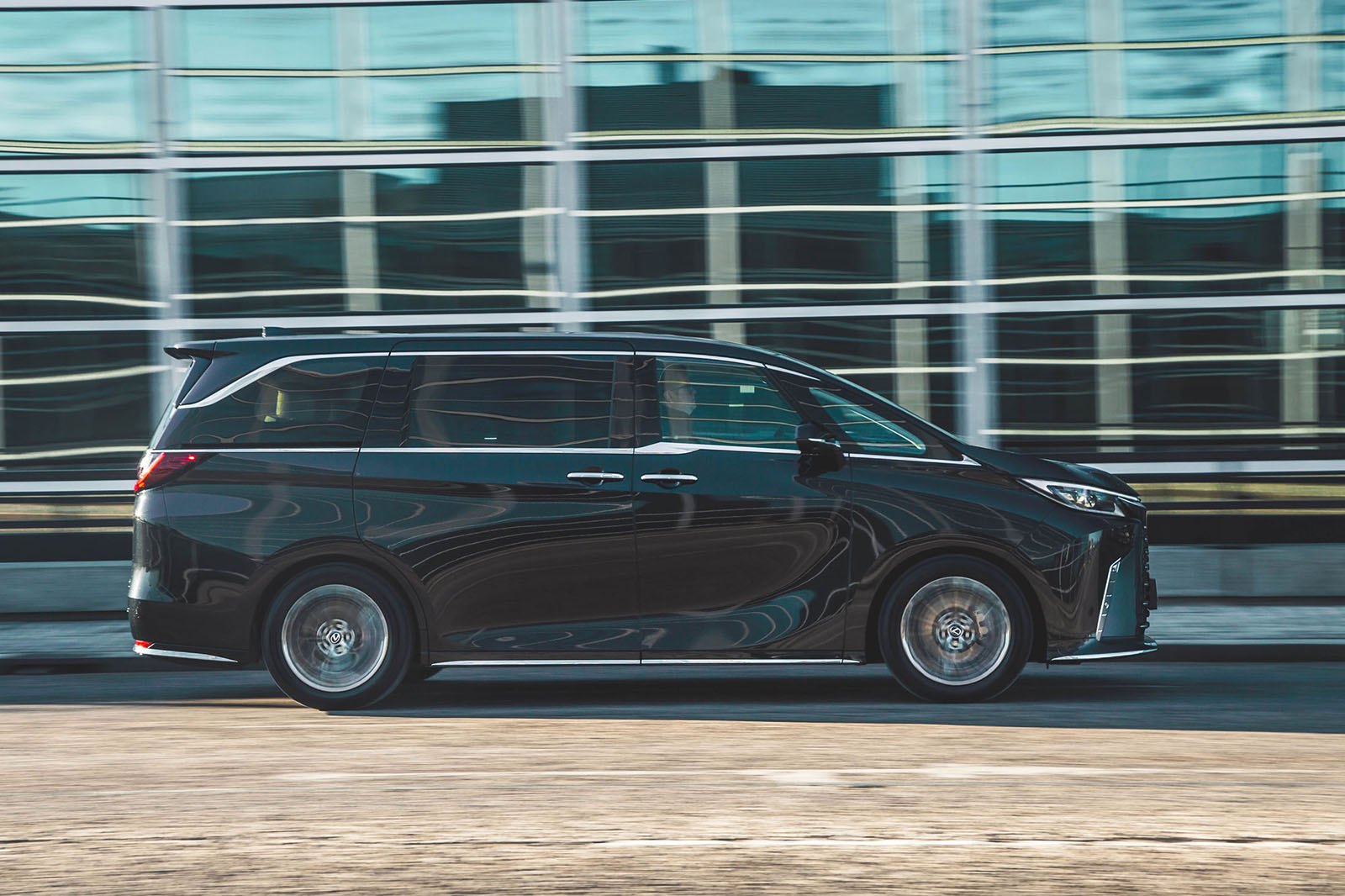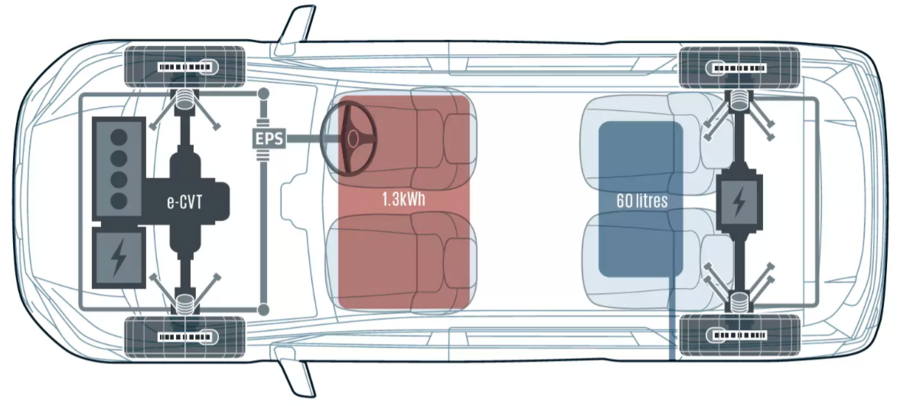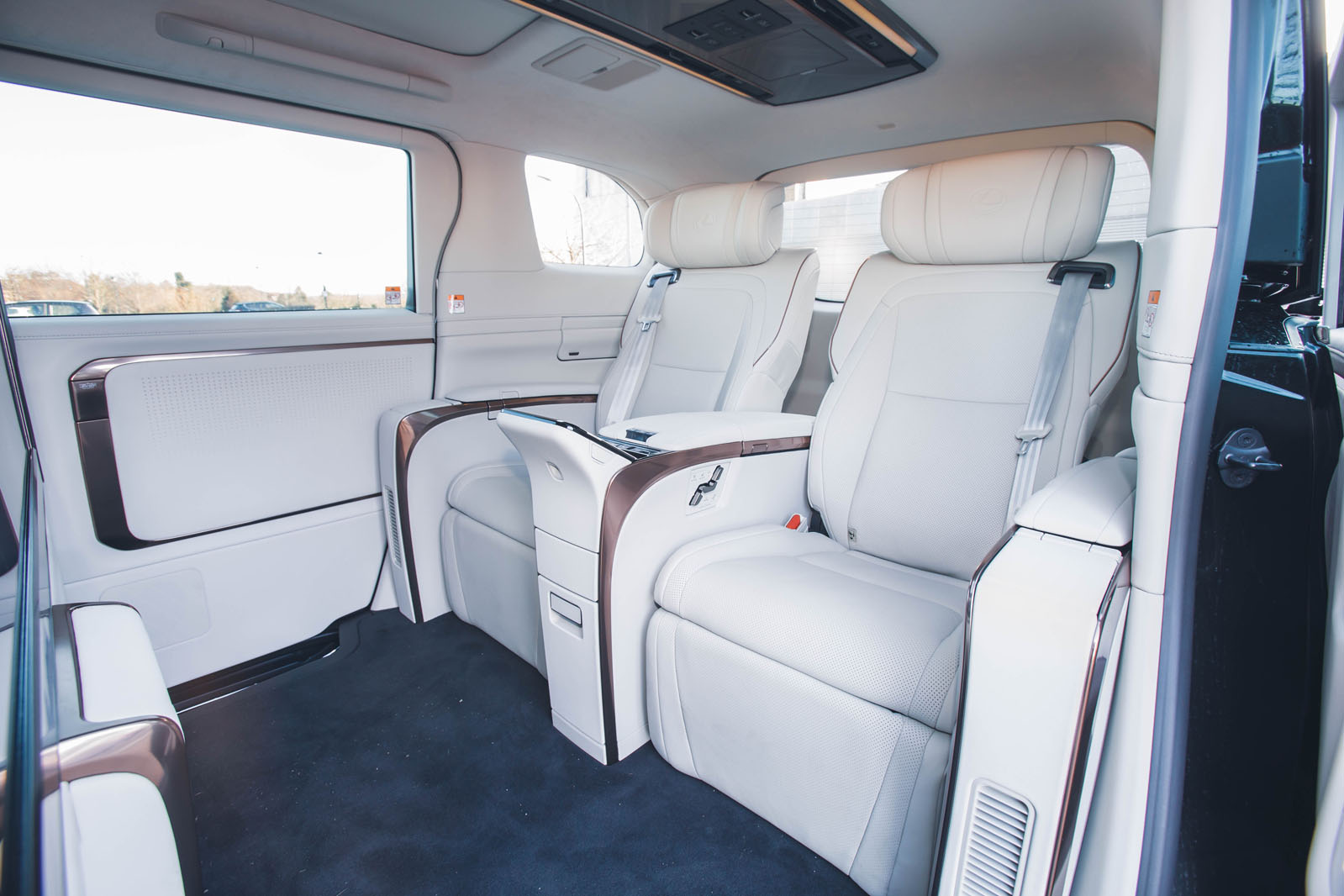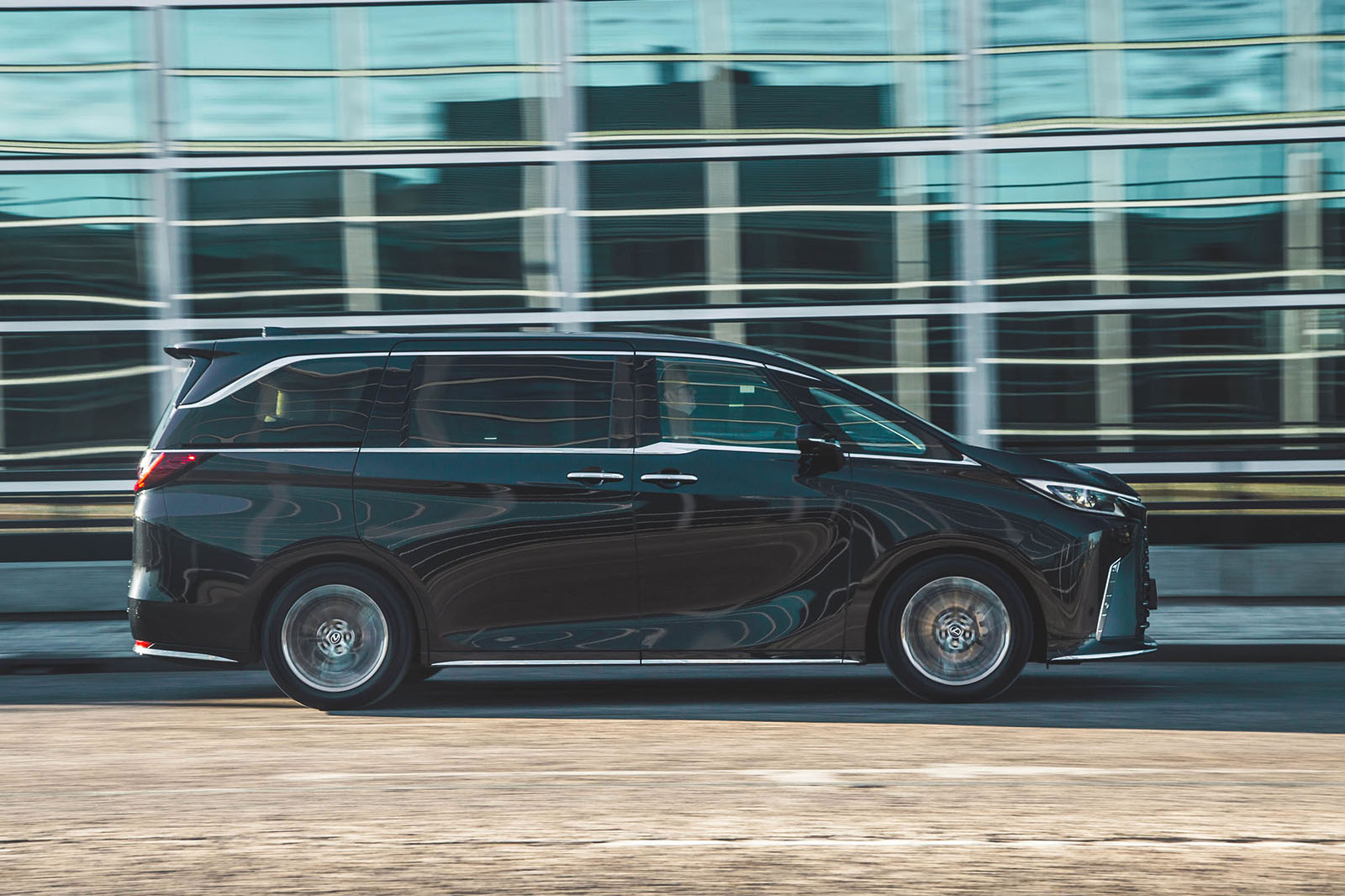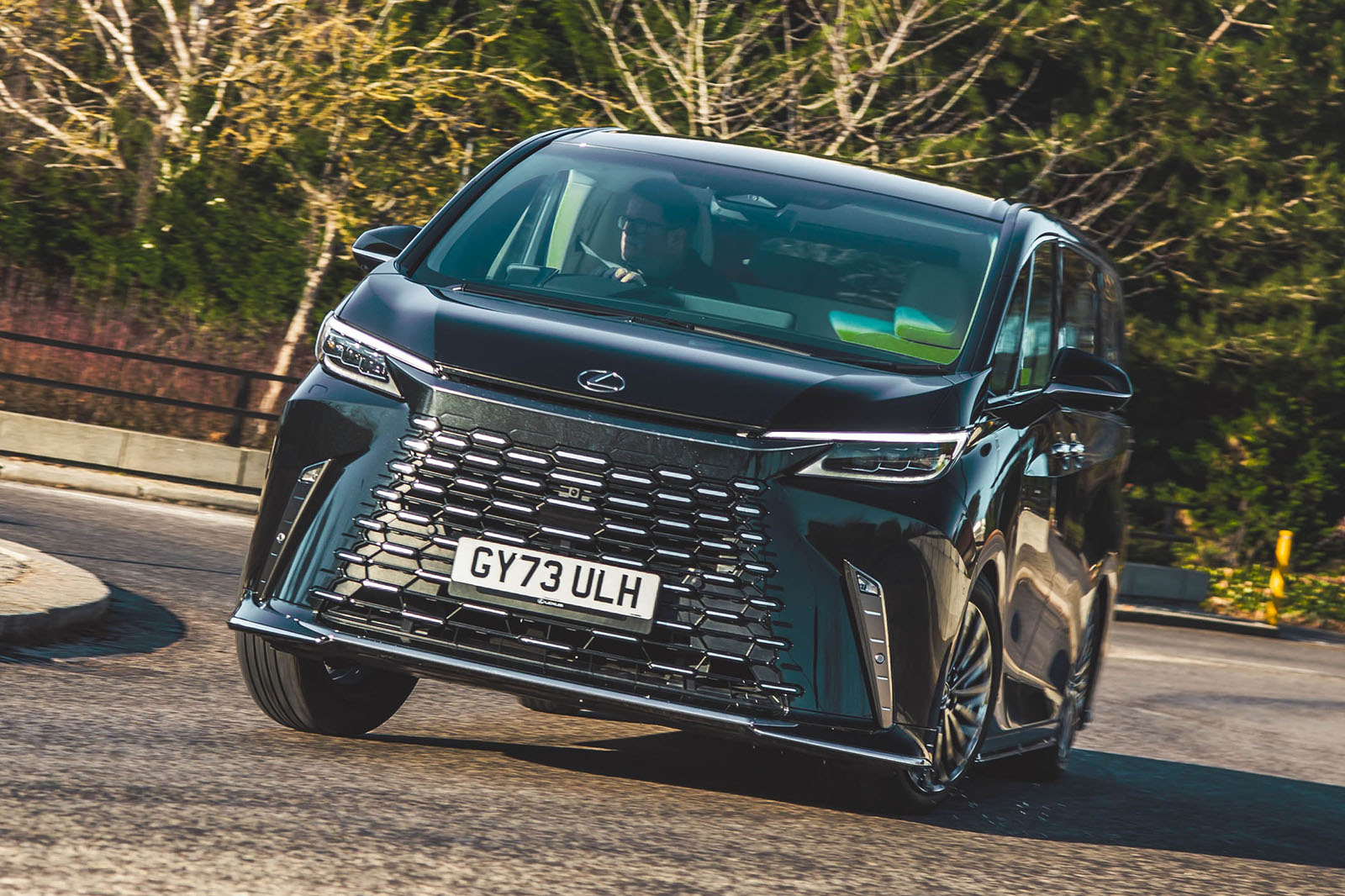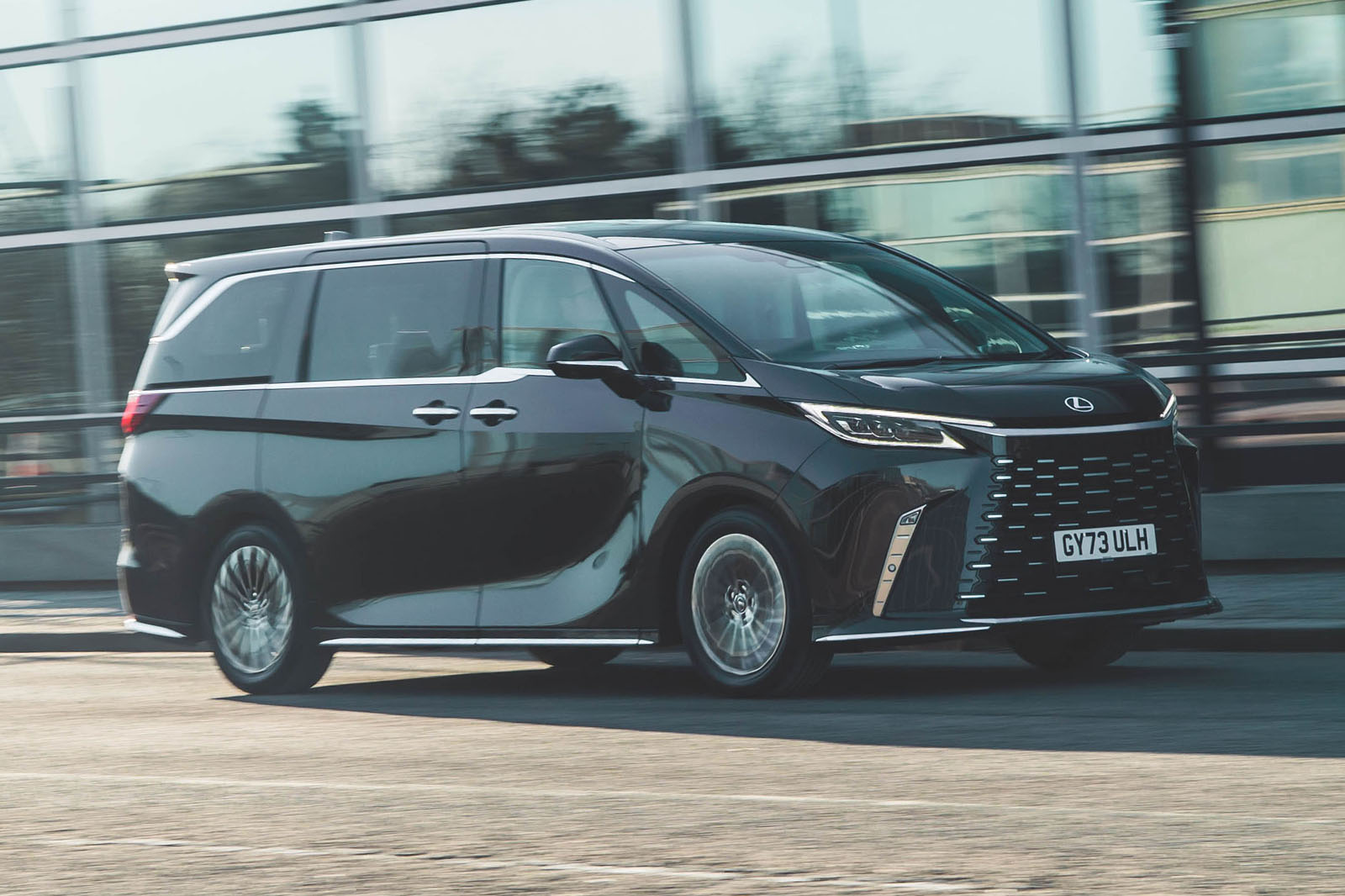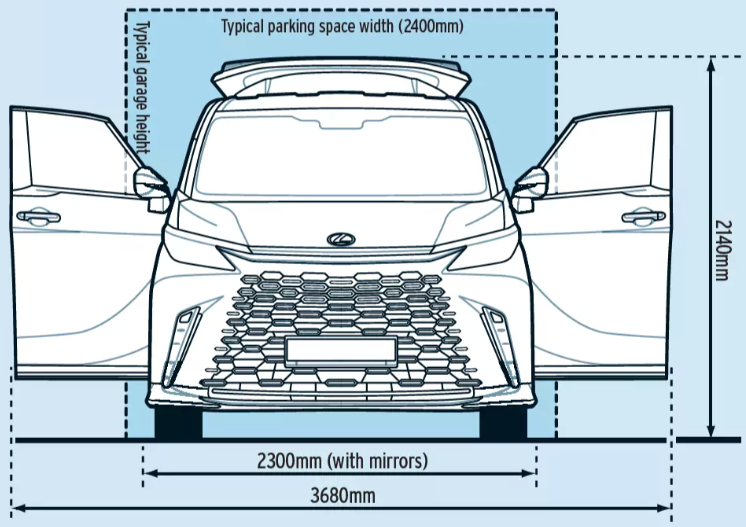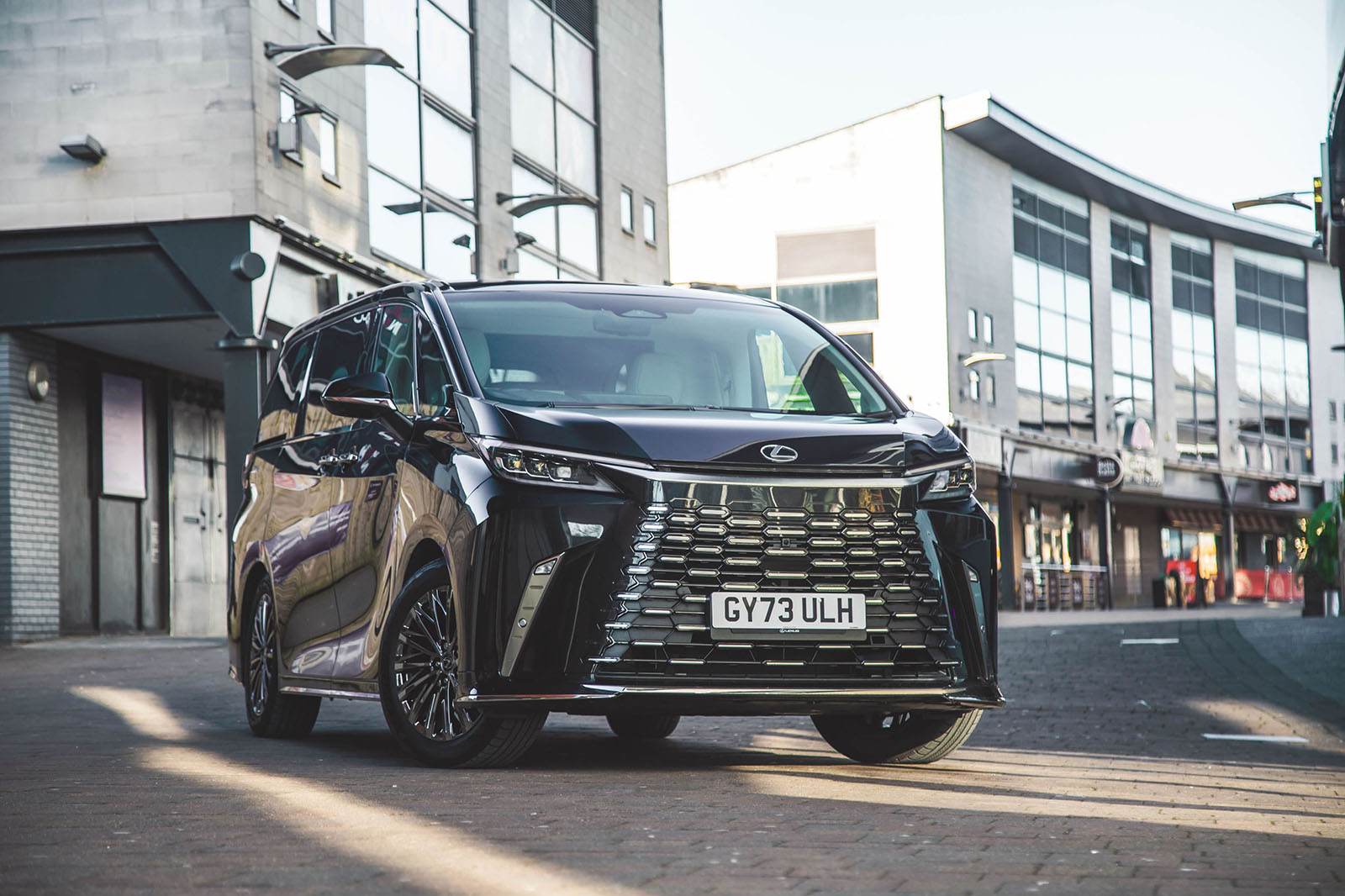Having tried its hand at what we might call traditional premium-brand model segments for so long, Lexus is currently taking a swing at something different.
‘Model diversification’ is the process in which its marketers would tell you it is engaged. With a range now full of SUVs, the company clearly isn’t about to abandon the mainstream. And yet even here, with cars like the UX, NX and RZ, we can see that it is intent on offering something a little different compared with the European premium brands, rather than battling for the middle ground.
With its lower-volume, higher-margin models in particular, we might see even bolder moves in future, and the arrival of this road test subject into European markets is a clear sign of that.
The Lexus LM is the company's new ‘luxury mover’: a full-size monocab MPV with a ‘self-charging’ hybrid powertrain and the aim of making inroads into the continent’s various luxury VIP-shuttle micro-niches. It’s here to show this hyper-affluent clientele there’s an alternative to traditional limousine travel, one that is more like how they are used to getting from A to B in their private jets.
‘New’ is a word to treat with some salty pragmatism here, because this is actually the second-generation Lexus LM, following a first that was launched in China and South-East Asian markets in 2020. Both have shared a mechanical basis with the contemporary Toyota Alphard, which will be familiar to some in the UK as an imported large MPV.
However, as we are about to relay, this car represents much more than a badge-engineering exercise, and is not quite the chromed-up luxury van conversion you might take it for. It aims to deliver nothing less than “the pinnacle of luxury” for those on board – and, coming from Lexus, that’s a claim to get your attention.


